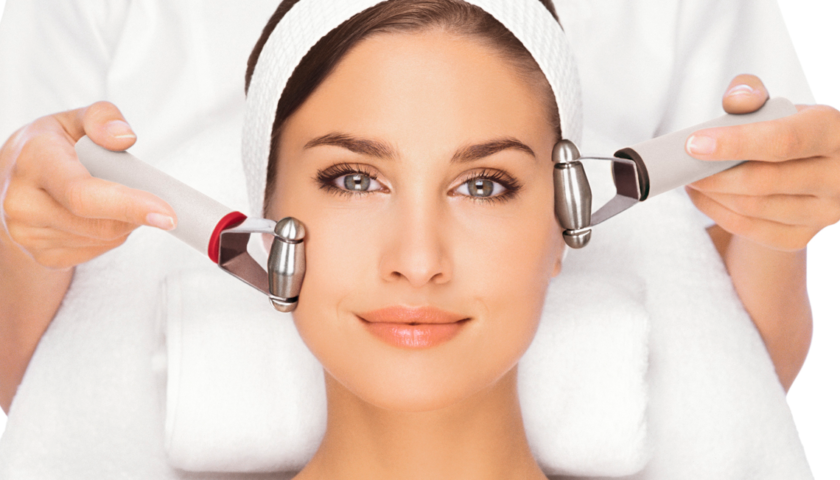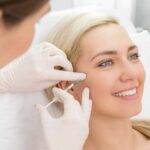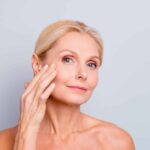THE WHAT? Johnson & Johnson (J&J) has posted higher Q3 sales and earnings, however has conceded that it may make modest cuts to its workforce due to inflation pressures and the planned separation of its consumer health business.
THE DETAILS The company reported a quarterly profit of US$4.46 billion, or US$1.68 a share, up from US$3.67 billion, or US$1.37 a share, YOY. Sales rose 1.9 percent to US$23.79 billion.
Speaking in an interview, Chief Financial Officer Joseph Wolk said, “We’re not immune to some of the economic pressures that are out there just like many companies are facing in many industries. So, we’re taking this opportunity to really look at the resources, how we deploy them.”
Wolk stated that various job functions would be affected, however, that it wouldn’t be a major restructuring.
J&J’s consumer-health sales declined slightly to US$3.8 billion while pharmaceuticals reported sales of US$13.2 billion, up 2.6 percent YOY.
The company reduced its full-year sales guidance to a range of US$93 billion to US$93.5 billion.
THE WHY? Joaquin Duato, Chief Executive Officer stated, “Our third quarter performance demonstrates our continued strength and resilience across all three of our businesses.
“Through the ongoing efforts of our teams around the world, we continue to navigate the dynamic macroeconomic environment and remain focused on delivering transformative healthcare solutions. Looking ahead, I remain confident in our business and ability to continue advancing our innovative portfolio and pipeline.”
Injectable aesthetics are popular due to their ability to provide noticeable results with minimal downtime compared to surgical procedures. They are versatile and can be tailored to meet individual aesthetic goals, whether it's enhancing lips, restoring facial volume, or smoothing out wrinkles. However, they should always be administered by qualified professionals to ensure safety and achieve optimal results.
Injectable aesthetics are used to enhance facial features, reduce the signs of aging, and improve overall facial symmetry and appearance.
Key types of injectable aesthetics include:
-
Dermal Fillers: These injectables are used to add volume, fill in wrinkles and folds, and enhance facial contours. They often contain substances like hyaluronic acid, collagen, or calcium hydroxylapatite, which help plump up the skin and smooth out fine lines and wrinkles.
-
Botulinum Toxin (Botox): Botulinum toxin injections temporarily relax facial muscles that cause wrinkles and lines to form. It is commonly used to treat forehead lines, frown lines between the eyebrows, and crow's feet around the eyes.
-
Collagen Stimulators: These injectables stimulate the body's own collagen production, helping to improve skin texture and firmness over time. Examples include poly-L-lactic acid (Sculptra) and calcium hydroxylapatite (Radiesse).
-
Neurotoxin Injections: Besides Botox, other neurotoxins such as Dysport and Xeomin are used similarly to reduce wrinkles and lines.





